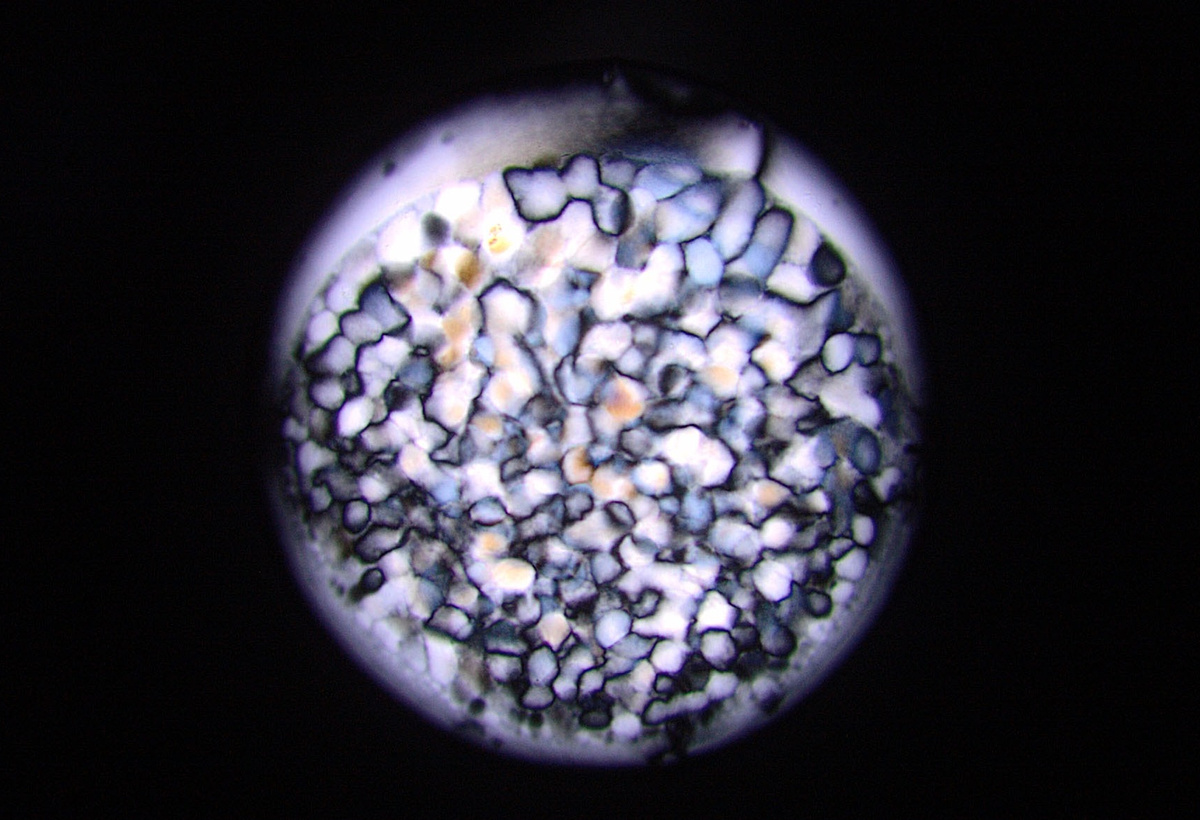
Background
There is a growing interest in the development of nanocomposites consisting of organic polymers and various nanomaterials. In general, composites have been used extensively in civil infrastructure applications and their use continues to grow in the new and existing structures via retrofits, rehabilitations, and repairs. The use of nanomaterials is revolutionizing the properties of the existing composites.
Technology
Scientists at Stony Brook University have invented a fast and scalable method of cellulose modification where a fast surface reaction can be performed while nanoparticles remain well separated in a laminar flow of gases. The modification of the chemical particle properties, which can be subsequently tuned by changing the residence time and reaction conditions, will be beneficial for the subsequent incorporation tuned by changing the residence time and reaction conditions, will be beneficial for the subsequent incorporation of cellulose into various polymer matrices to fabricate nanocomposites.
Advantages
Environmentally friendly gas-phase method - Cost-effective - Can revolutionize the manufacturing of nanocomposites
Application
Preparing chemical/surface modified nanocrystalline cellulose.
Inventors
Alexander Orlov, Associate Professor, Materials Science and Engineering
Daniel Knopf, ,
Robert Grubbs, Professor, Chemistry
Girish Ramakrishnan, , Engineering
Licensing Potential
Development partner - Commercial partner - Licensing
Licensing Status
Available for license. Stony Brook University is seeking to develop and commercialize, by an exclusive or non-exclusive license agreement and/or sponsored research, with a company active in the area.
Licensing Contact
Donna Tumminello, Assistant Director, Intellectual Property Partners, donna.tumminello@stonybrook.edu, 6316324163
Patent Status
Patent application submitted - Provisional patent
Provisional Filed
Tech Id
8670
